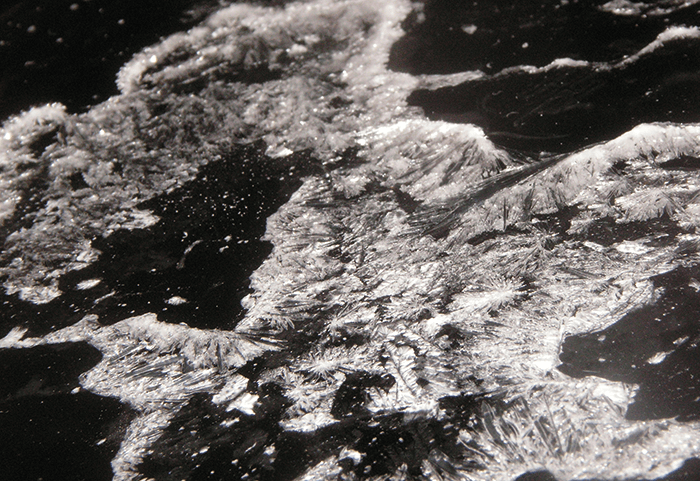
Ketamine is an animal tranquilizer that has found recreational (and unforgivable) uses in less innocent times. To allow quicker diagnosis of abuse, toxicologists at University of Beira Interior (Portugal) and forensic scientists from the National Institute of Legal Medicine and Forensic Science (INMLCF in Portugal) and University of Santiago de Compostela (Spain) have developed a more accurate method for detecting ketamine in human urine (1). Eugenia Gallardo explains the context to the research.
What motivated you to develop a test for ketamine? Ketamine works as a sedative and provides pain relief in humans, but also causes memory loss and can cause users to hallucinate. When people with ketamine intoxication attend hospital emergency services, their symptoms may be mistaken easily for alcohol intoxication, resulting in them being given the wrong treatment. Therefore, developing new tests to detect psychoactive substances in biological specimens is essential to keep up with – and even get ahead of – trends in drug use. The new study describes, for the first time, a fast, simple and fully validated method to detect ketamine in urine and plasma. These drugs are difficult to analyze; and we see a lot of versatility in the molecules and new drugs are appearing almost every month. Traffickers are always one step ahead of the authorities. How does the test work? The drug is extracted from small amounts of biological specimens (0.25 mL), which pass several times through a previously conditioned cartridge (MEPS). The approach is basically a miniaturization of traditionally used procedures for sample preparation, and has the advantages of using small amounts of sample (more tests can be run on the provided sample, whose volume is often limited, especially in forensic scenarios), lower amounts of organic solvents (more environmentally friendly) and reduced preparation times (in our case, extraction takes place within 10 minutes, and the result is obtained after 20 minutes). Compared with existing methods, this new procedure is faster and more cost effective, which helps doctors ensure the right treatment is administered more rapidly. The low limits of detection and high amounts of the compounds extracted from very small samples also makes this procedure suitable for laboratories performing routine analysis in the field of toxicology; for example, in forensic and clinical scenarios. What was the biggest hurdle during development? The optimization of the whole process was undoubtedly the most time-consuming task, because all parameters that affect sample preparation must be previously screened and optimized to decrease the number of interferences and get better process efficiency. What next? We are still working in this field, developing rapid methods to detect other new psychoactive substances. These compounds are extremely dangerous, since many of them are labeled “not for human consumption” but they are designed to provide similar symptoms to those observed when illegal drugs are used. Their sale through Internet sites at low cost, and the uncontrolled production and distribution have raised concerns about potential damage and addiction. For instance, 255 novel psychoactive substances (NPS) were detected in Europe between 2012 and 2014. Consequently, we feel that it is important to perform strict investigations to better understand their epidemiology and pharmacology, using toxicological analytical screenings.
References
- I Moreno et al., “Determination of ketamine and its major metabolite, norketamine, in urine and plasma samples using microextraction by packed sorbent and gas chromatography-tandem mass spectrometry”, J Chromatogr B Analyt Technol Biomed Life Sci, 1004, 67-78 (2015). DOI: 10.1016/j.jchromb.2015.09.032




